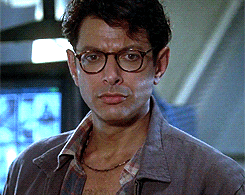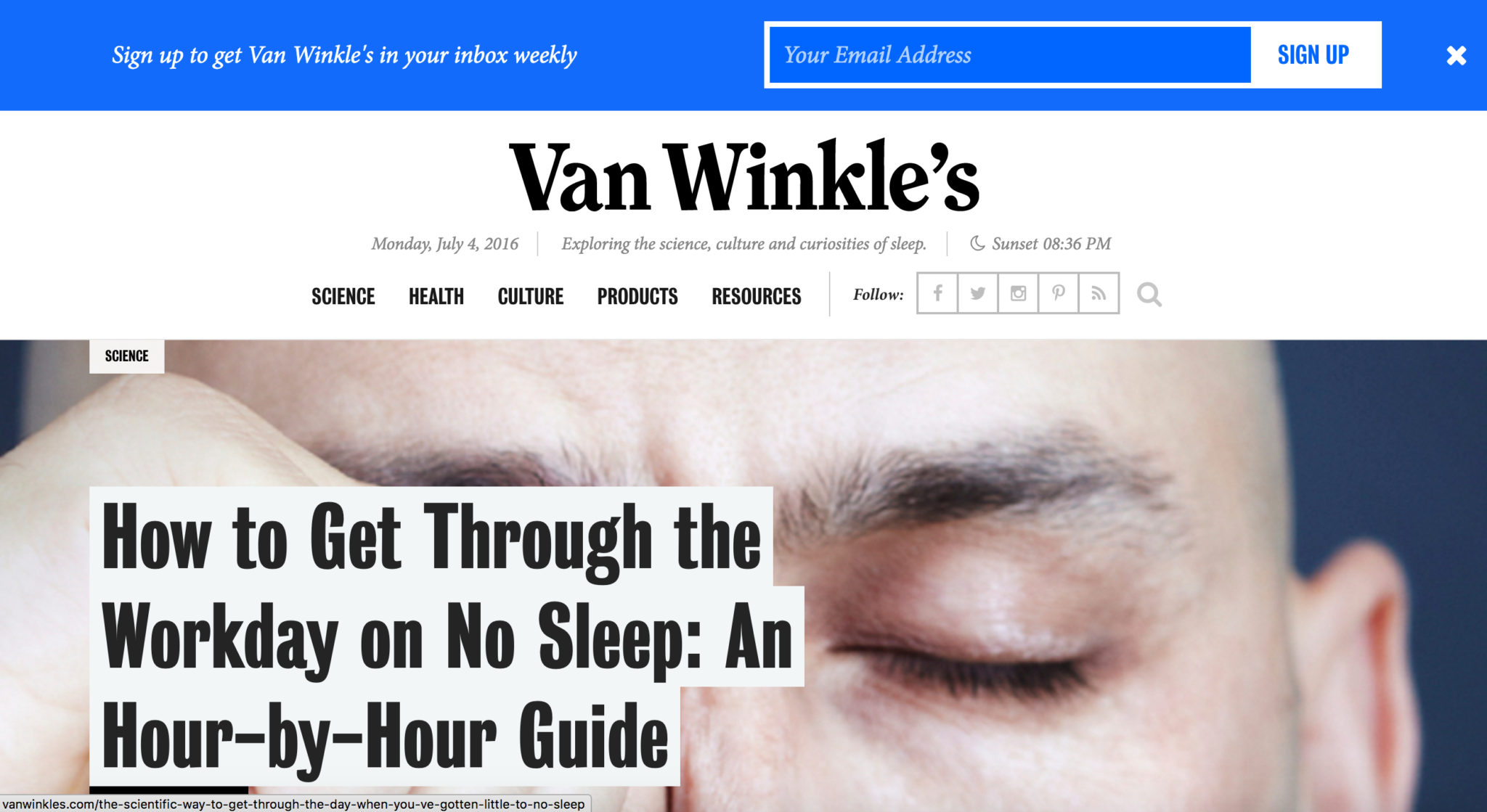Best Branded Content
The Best Branded Content of June: Heavy on the Content, Light on the Brand
On Friday, my friends and I expressed our patriotism by going to see Independence Day: Resurgence despite awful reviews. It was indeed terrible, but also weirdly enjoyable—particularly when it got to the moment we were all waiting for. The moment when Jeff Goldblum stares into the camera, explains his crazy plan to save Earth, and ensures us that “maybe, just maybe, it’ll work.”

Even on 4th of July weekend, it’s impossible for me to shut off my work brain, which made me realize that I sound a lot like Jeff Goldblum when I plot our editorial strategy. “We’ll report on this story, we’ll publish it with some sick graphics, and then maybe—just maybe—it’ll go viral on Facebook and Reddit and we’ll hit our traffic goals!”
Sometimes, getting your content to pop off can feel like fighting an alien invasion. You’re never quite sure what will work, so it’s damn impressive when you have a hit. With that in mind, let’s look at this month’s best branded content and some companies that took risks and had it pay off.
Dollar Shave Club: Mel
You won’t find many more impressive brand publications than Mel, the intellectually curious men’s publication launched in October by Dollar Shave Club. Unlike many brand publications, Mel lets the voices of its writers shine. Hop from “Lebron Isn’t the Player Michael Jordan Was, But He Might Have Been the Better Man” to “Beavis is the Wokest Bae” to “My Favorite Firework Is a Decommissioned Soviet Missile,” and you feel like you’re reading the lovechild of GQ and The Ringer.
Eight months in, Mel has hit its stride. Now maybe other brands will see that their “lifestyle mags” can go way beyond generic listicles.
Ariel Matic: #SharetheLoad
Normally, “incredibly powerful” and “laundry detergent ad” aren’t two phrases I’d use in the same sentence, but that’s not the case here. In India, Ariel Matic detergent created a stellar ad with BBDO that challenges household gender roles.
In the two-minute video, a father writes a letter to his daughter once he watches her take on all the household chores after work while her husband just sits on the couch waiting for his tea. In that moment, the father realizes that he set a bad example and reinforced patriarchal roles when she was growing up. His change in perspective sends a bold message, and the story is surprisingly impactful. In the end, #SharetheLoad is the rare brand pun that actually works.
Alzheimer’s Research UK: “A Walk Through Dimentia”
One of the most intriguing applications of VR has nothing to do with playing video games or pretending you’re surfing. Rather, it’s the potential of VR to spread empathy through powerful applications that simulate experiencing the plight of others firsthand.
That brings us to Alzheimer Research UK’s campaign in June, which gives Google Cardboard viewers the opportunity to experience the struggle of life with Alzheimer’s. It’s been a modest success so far, but most importantly, it’s the kind of experience other organizations can build on.
“It works harder for us than any other medium,” Timothy Parry, the charity’s head of brand, told Digiday. “You can put people right in the middle of the issue you are dealing with, something a conventional camera can’t quite do.”
Google: “Pearl”
This virtual reality/360° video short film from Google is one of the best pieces of brand storytelling I’ve seen in a while. “Pearl” delivers a compelling narrative that shows a musician raising his daughter and her experience following in his footsteps. It’d be good as a standard animated film, but the VR/360 experience allows you to discover new aspects of the story every time you watch.
Fast Company thinks that “Pearl” might win an Oscar, which wouldn’t be a total surprise. It comes out of Google’s experimental filmmaking studio, Spotlight Stories, and was created by Pixar and Dreamworks alums. Director Peter Borne had tons of leeway to just go out and make something great. Props to Google for giving him that freedom.
Casper: Van Winkle’s

Considering the attention I paid above to Mel, it’d be wrong for me to ingore Van Winkle’s, the fascinating publication about sleep that mattress startup Casper launched last summer. A year in, the site’s writing is still really strong, and it’s reportedly attracting over a half million readers each month.
A common thread between Casper and Mel: Both publications operate with a large degree of editorial independence and eschew product placement. Perhaps as a result, both sites are filled with compelling voices that make them read like traditional editorial publications, not exercises in content marketing.
Ultimately, that’s the litmus test we should all be keeping in mind.
Anything I missed? Suggestions for next month? Find me on Twitter @joelazauskas or email me at lazer@contently.com.
Previously in “Best of Branded Content”:
The Best Branded Content of May
Get better at your job right now.
Read our monthly newsletter to master content marketing. It’s made for marketers, creators, and everyone in between.





